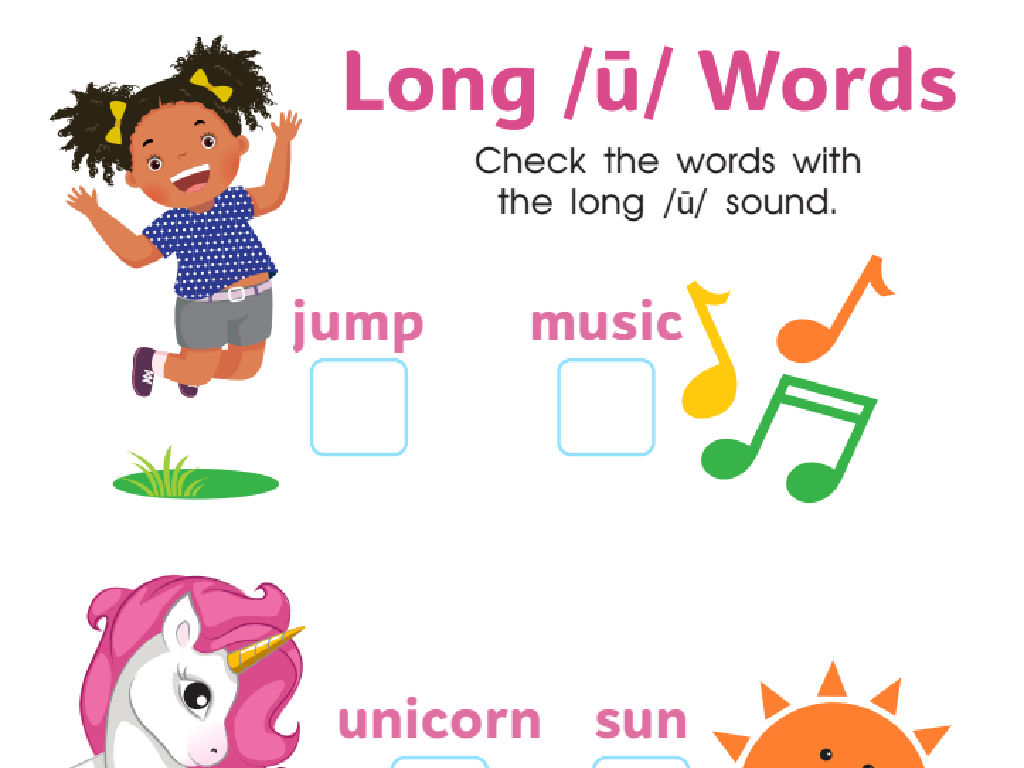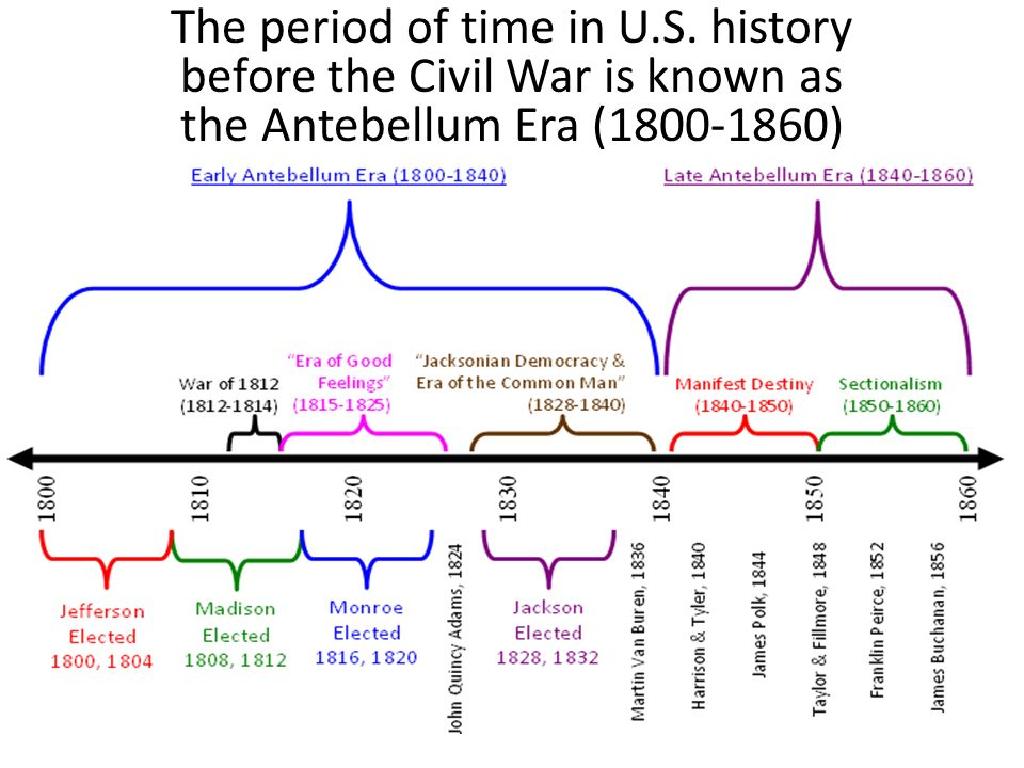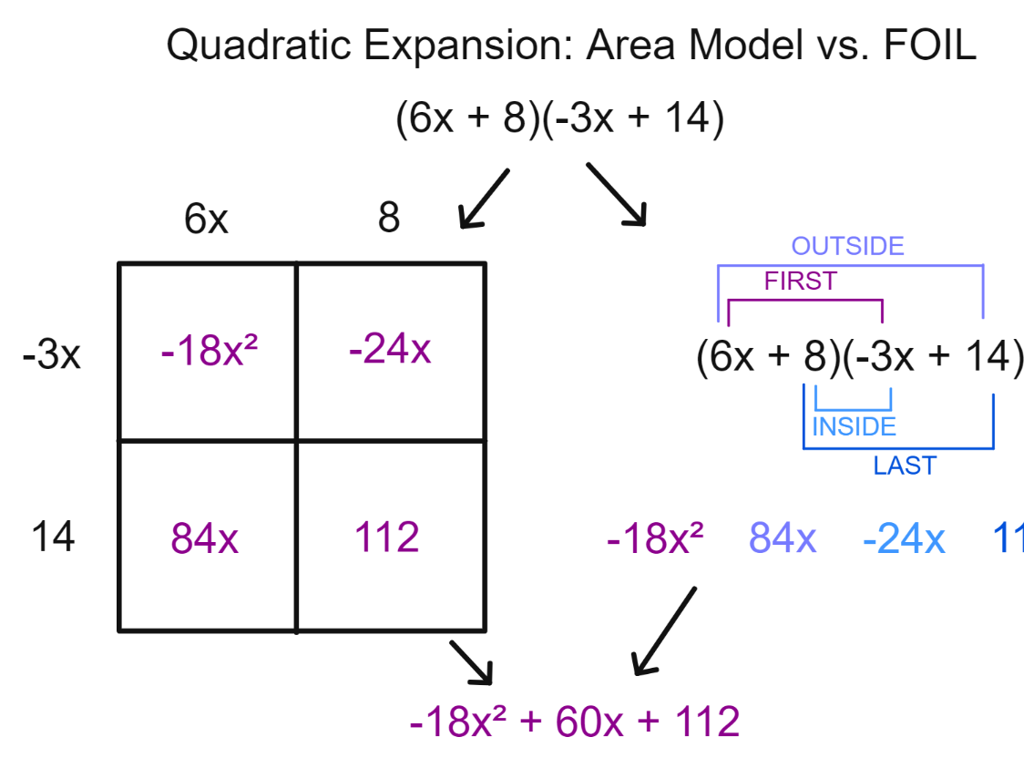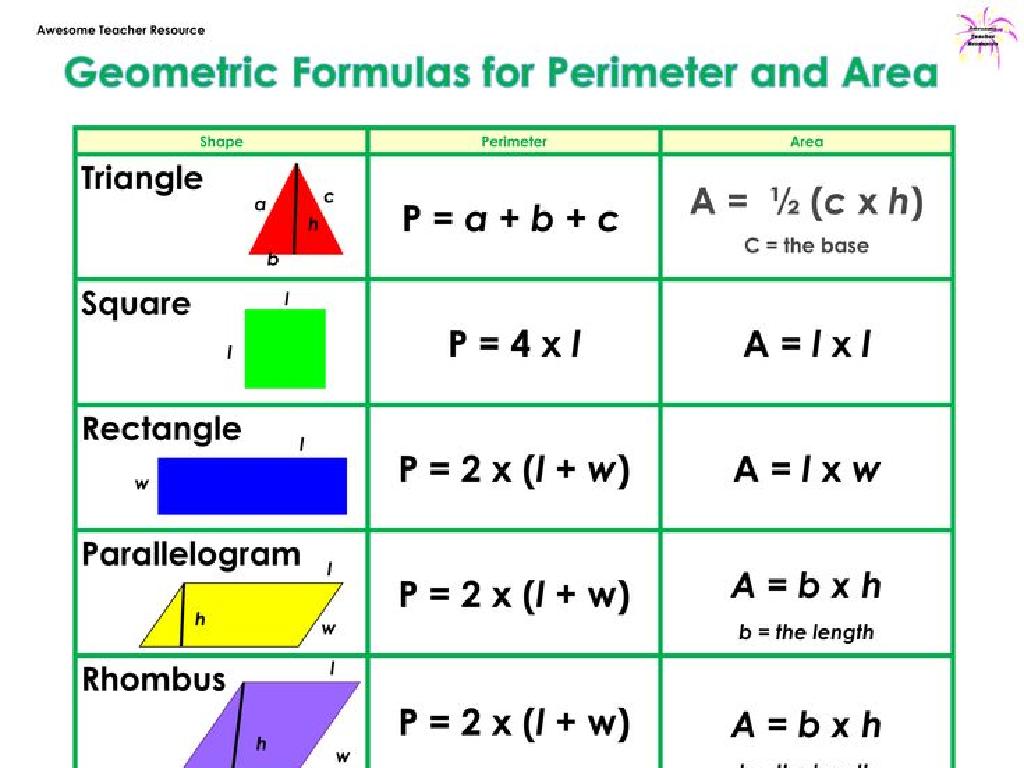Divide Unit Fractions By Whole Numbers Using Models
Subject: Math
Grade: Fifth grade
Topic: Understand Fraction Division
Please LOG IN to download the presentation. Access is available to registered users only.
View More Content
Welcome to Fraction Division!
– Quick recap of fractions
– Fractions represent parts of a whole
– Today’s goal: divide unit fractions by whole numbers
– A unit fraction has a numerator of 1. How to divide by a whole number?
– Why master fraction division?
– It’s key for advanced math concepts and real-life applications
– Visualizing with models
– Use diagrams to understand division of fractions visually
|
Begin with a brief review of what fractions are, emphasizing that they represent parts of a whole. Introduce the concept of unit fractions, which have a numerator of 1, and explain that today’s lesson will focus on dividing these fractions by whole numbers. Discuss the importance of understanding fraction division, as it is not only crucial for more advanced mathematics but also for practical situations such as cooking or dividing resources. Use visual aids like pie charts or bar models to help students grasp the concept of dividing unit fractions by whole numbers, ensuring they can visualize the process step by step. Encourage students to draw their own models as they work through problems.
Understanding Unit Fractions
– Define a unit fraction
– A fraction with a numerator of 1, like 1/3 or 1/4
– Examples of unit fractions
– 1/2 is half, 1/3 is a third, 1/4 is a quarter, etc.
– Unit fractions as part of a whole
– Each unit fraction represents one part of a division into equal parts
– Visualizing fractions with models
– Use models like pie charts or bar diagrams to show fractions
|
Begin by explaining that a unit fraction is a type of fraction where the top number (numerator) is always one. It represents one part of a whole that is divided into equal parts. Provide examples of unit fractions, such as 1/2, 1/3, 1/4, and so on, to illustrate the concept. Emphasize that no matter how many pieces a whole is divided into, each piece represented by a unit fraction is one part of that whole. Use visual aids like pie charts, fraction bars, or other models to help students visualize and better understand how each unit fraction makes up a part of a whole. This foundational understanding will be crucial as they learn to divide unit fractions by whole numbers.
Understanding Whole Numbers
– Define whole numbers
– Numbers without fractions or decimals, e.g., 0, 1, 2, 3…
– Daily life whole number examples
– Money, scoreboards, and recipes use whole numbers
– Whole numbers for counting
– Counting items: 1 apple, 2 oranges, 3 bananas…
– Whole numbers in fraction division
– Used as divisors when dividing unit fractions
|
This slide introduces the concept of whole numbers, which are integral to understanding fraction division. Whole numbers are the basic building blocks of math, used for counting, measuring, and ordering. They are the numbers we use in everyday life, from counting money to keeping score in games. Emphasize that whole numbers are all the numbers without fractions or decimals, starting from zero. Provide relatable examples to help students see the relevance of whole numbers in their daily activities. Finally, explain how these numbers are used as divisors in fraction division, setting the stage for understanding how to divide unit fractions by whole numbers.
Visualizing Fraction Division with Models
– Understanding division with models
– Models like number lines or shapes help visualize division
– Dividing pizza into equal parts
– Imagine a pizza cut into slices; each slice is a fraction of the whole
– Determining pieces per person
– If 5 people share 1/2 pizza, how much does each get?
– Applying division to unit fractions
– Practice by dividing fractions like 1/3 by whole numbers
|
This slide introduces students to the concept of dividing unit fractions by whole numbers using visual models. Start by explaining how models such as number lines, pie charts, or pizza slices can represent fractions and division. Use the example of dividing a pizza into equal parts to make the concept relatable. Ask students to consider how many pieces each person would get if a pizza was shared equally among a group, leading to the understanding of dividing a fraction by a whole number. Provide practice problems where students divide unit fractions by whole numbers using the models as a guide. Encourage students to draw their own models to solve these problems, reinforcing the concept through visual learning.
Dividing Unit Fractions by Whole Numbers
– Step-by-step division guide
– Example: Divide 1/4 by 3
– How many groups of 3 in 1/4? It’s 1/12.
– Visual division representation
– Draw a pie divided into 4, shade 1 part. Divide that part into 3 equal pieces.
– Understanding the process
– Each piece represents a unit fraction divided by a whole number.
|
This slide introduces the concept of dividing unit fractions by whole numbers. Begin with a clear, step-by-step guide on how to approach division with fractions. Use the example of dividing 1/4 by 3 to illustrate the process. Provide a visual representation, such as a pie chart or bar model, to help students visualize how the unit fraction is divided into smaller parts. Emphasize that when we divide a unit fraction by a whole number, we are essentially finding out how many of these whole numbers fit into the unit fraction, resulting in a smaller piece or fraction of the original. Encourage students to draw their own models and to practice with different unit fractions and whole numbers to solidify their understanding.
Fraction Division Practice
– Work through example: 1/5 ÷ 2
– Visualize dividing a pie into 5 pieces. How much is 2 shares?
– Work through example: 1/8 ÷ 4
– Imagine splitting a chocolate bar with 8 sections. Divide it by 4 friends.
|
This slide is aimed at providing students with guided practice on dividing unit fractions by whole numbers. Start by explaining the concept of sharing a single item (like a pie or a chocolate bar) among a certain number of people, which is the essence of dividing a unit fraction by a whole number. For the first example, show them how dividing 1/5 by 2 means finding out how much each person would get if 1/5 of a pie is shared between 2 people. For the second example, use the analogy of dividing a chocolate bar with 8 equal sections among 4 friends. Each example should be accompanied by a visual model to help students understand the division process. Encourage the students to draw models of their own to represent each problem. After working through the examples, provide additional problems for independent practice.
Class Activity: Fraction Division Relay
– Form teams for relay activity
– Each member solves a fraction step
– One fraction division problem per team, each member does one part
– Work together to complete problems
– Discuss strategies and help each other
– Race to be the first team finished
– Encourage quick thinking and teamwork
|
This activity is designed to promote teamwork and understanding of dividing unit fractions by whole numbers. Divide the class into small groups, and give each team a set of fraction division problems. Each team member is responsible for one step of the problem-solving process. They must work together to solve the entire problem. The first team to correctly complete all their problems wins. Possible steps include: identifying the unit fraction, determining the division operation, using a model to represent the problem, and writing the final answer. This relay race will encourage students to communicate and collaborate effectively while applying their knowledge of fraction division.
Wrapping Up: Fractions & Homework
– Review of fraction division
– Practice makes perfect
– Consistent practice is key to mastering math skills
– Homework: Worksheet completion
– Apply today’s lesson on dividing unit fractions by whole numbers
– Keep practicing at home!
|
As we conclude today’s lesson on dividing unit fractions by whole numbers, it’s crucial to emphasize the importance of practice. Reinforce the concept that like any other skill, proficiency in math, especially in fraction division, comes with consistent practice. For homework, students are assigned a worksheet that provides a variety of problems to apply what they’ve learned. Encourage them to attempt the problems independently, reinforcing their understanding of the models used in class. Remind them that making mistakes is a part of learning and to bring any questions they have to the next class. This will help them prepare for more complex math concepts in the future.






